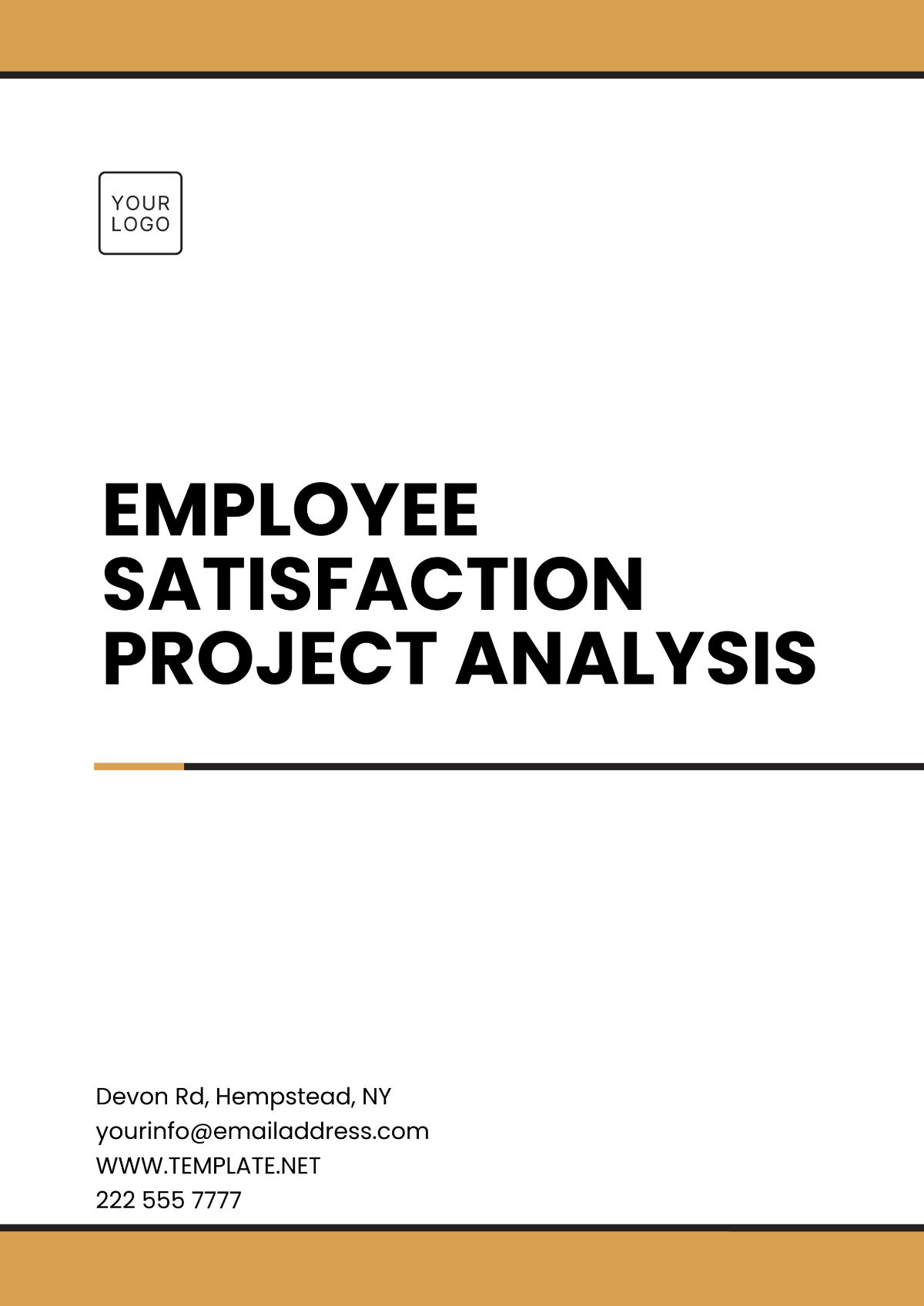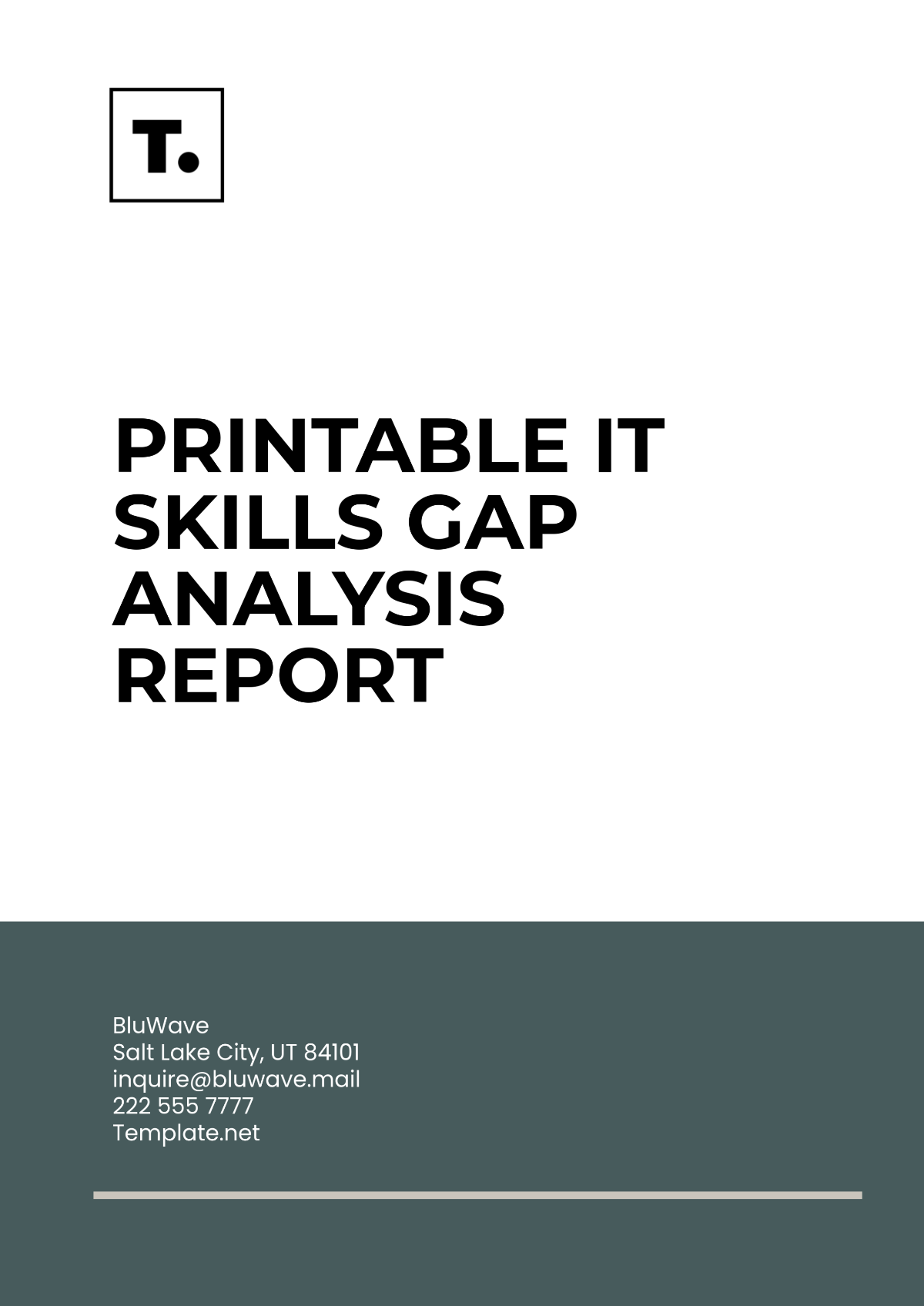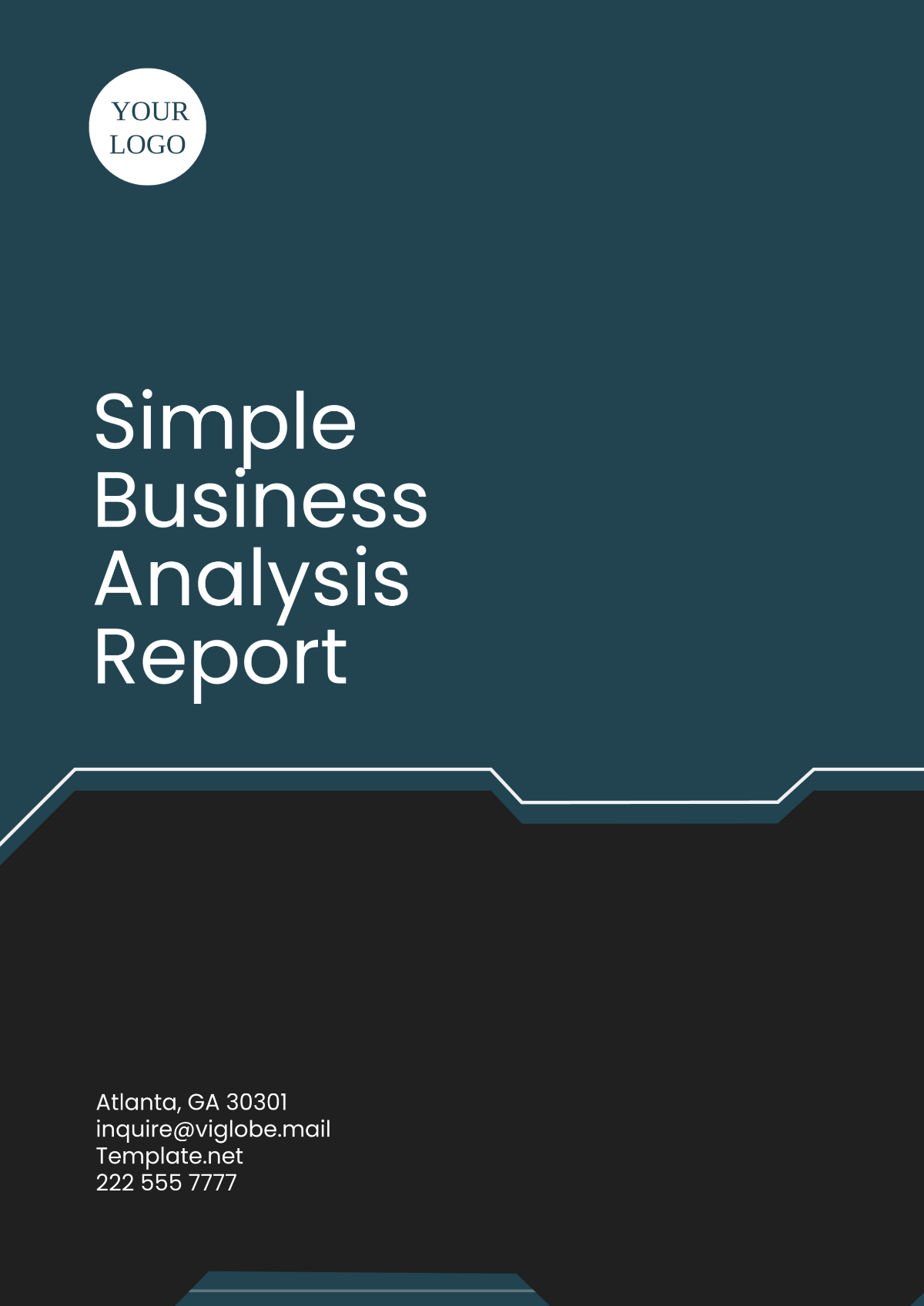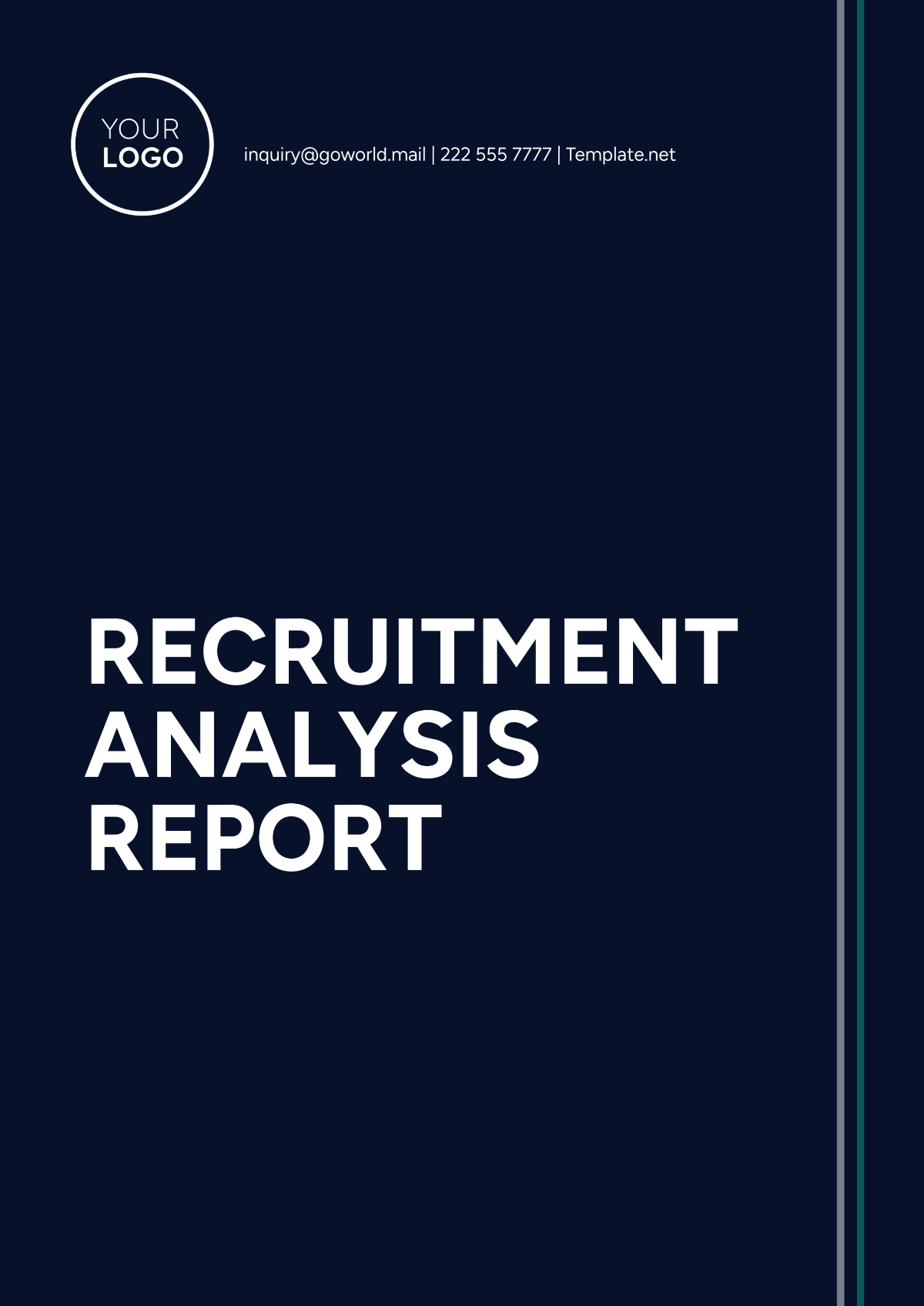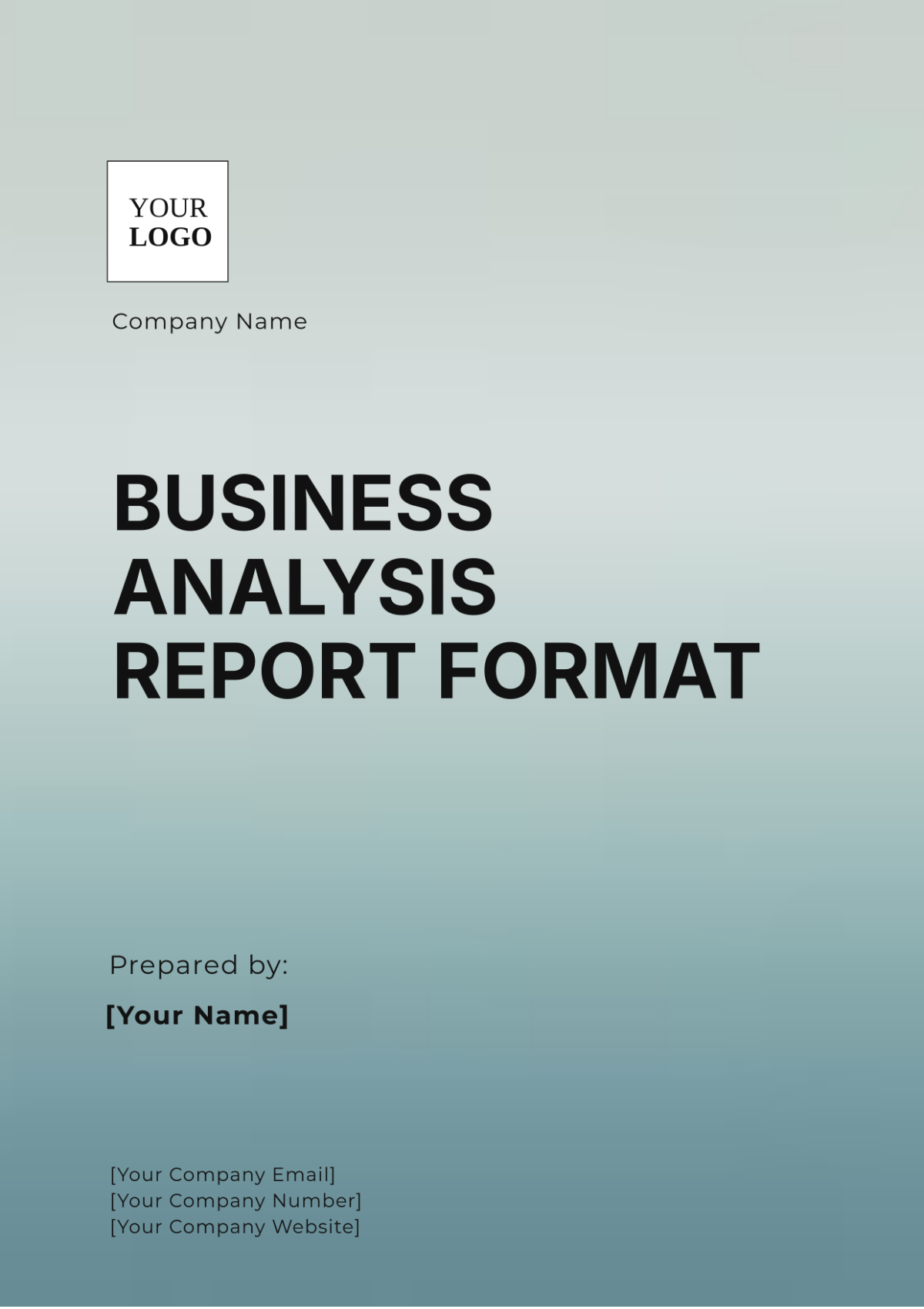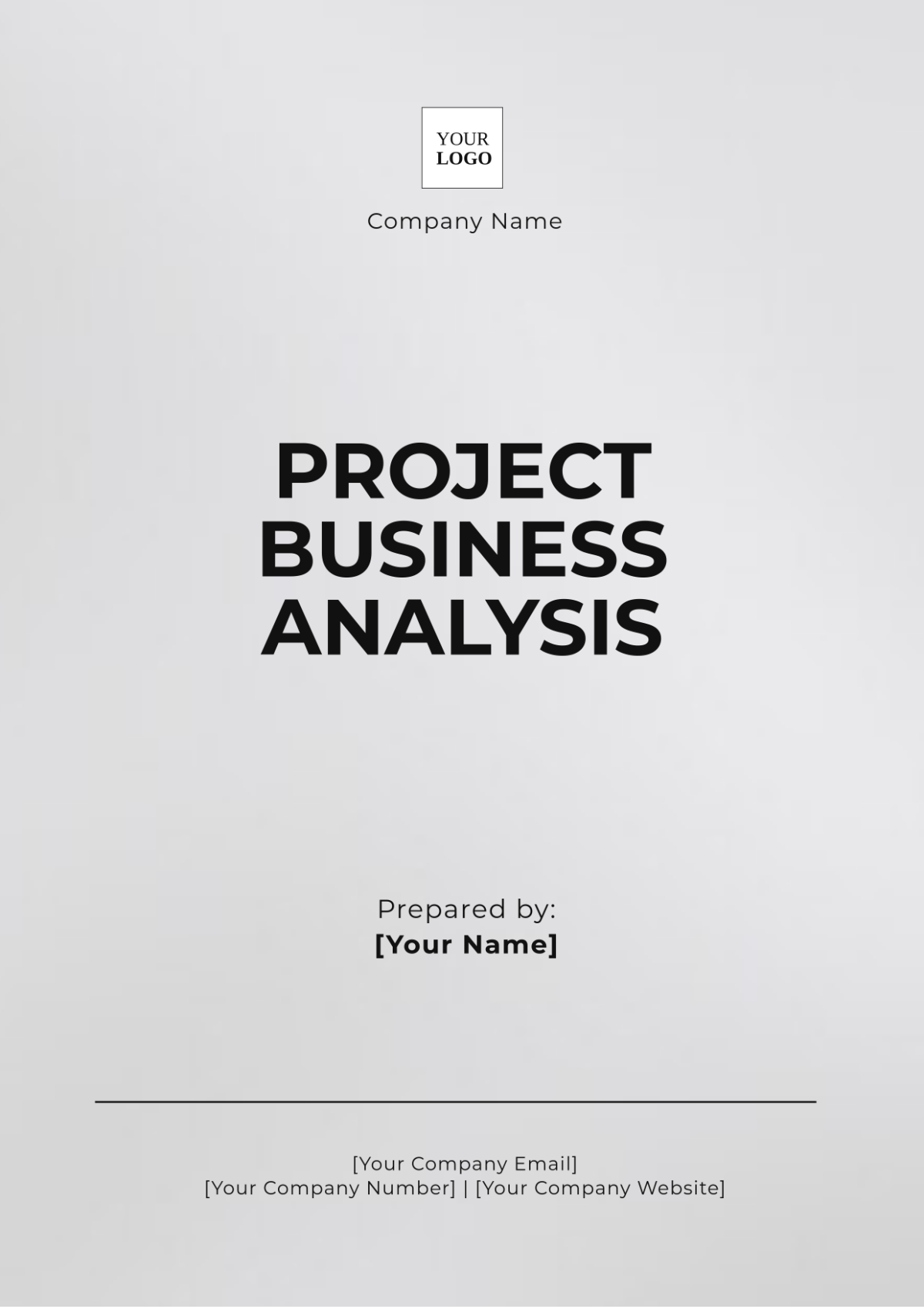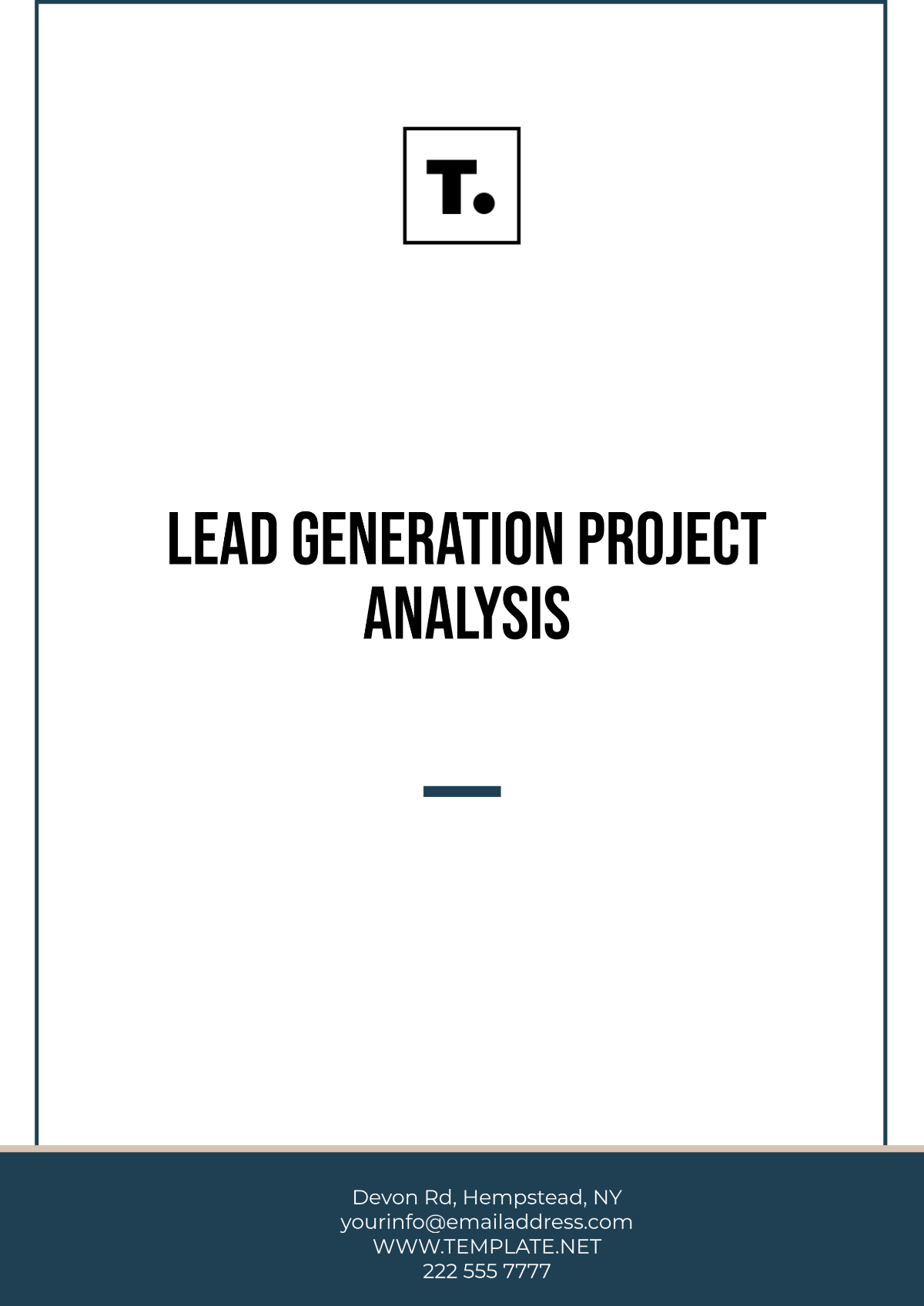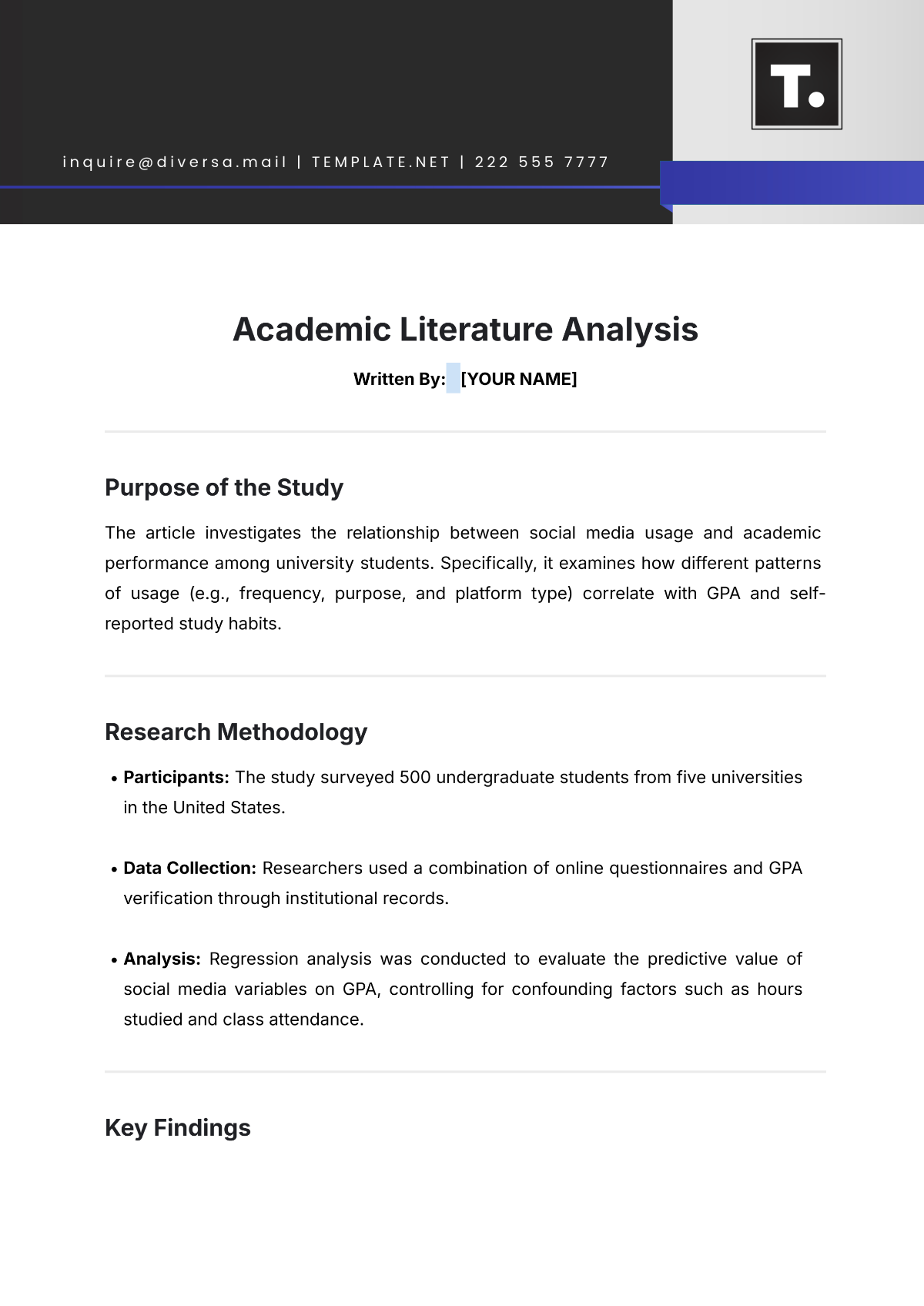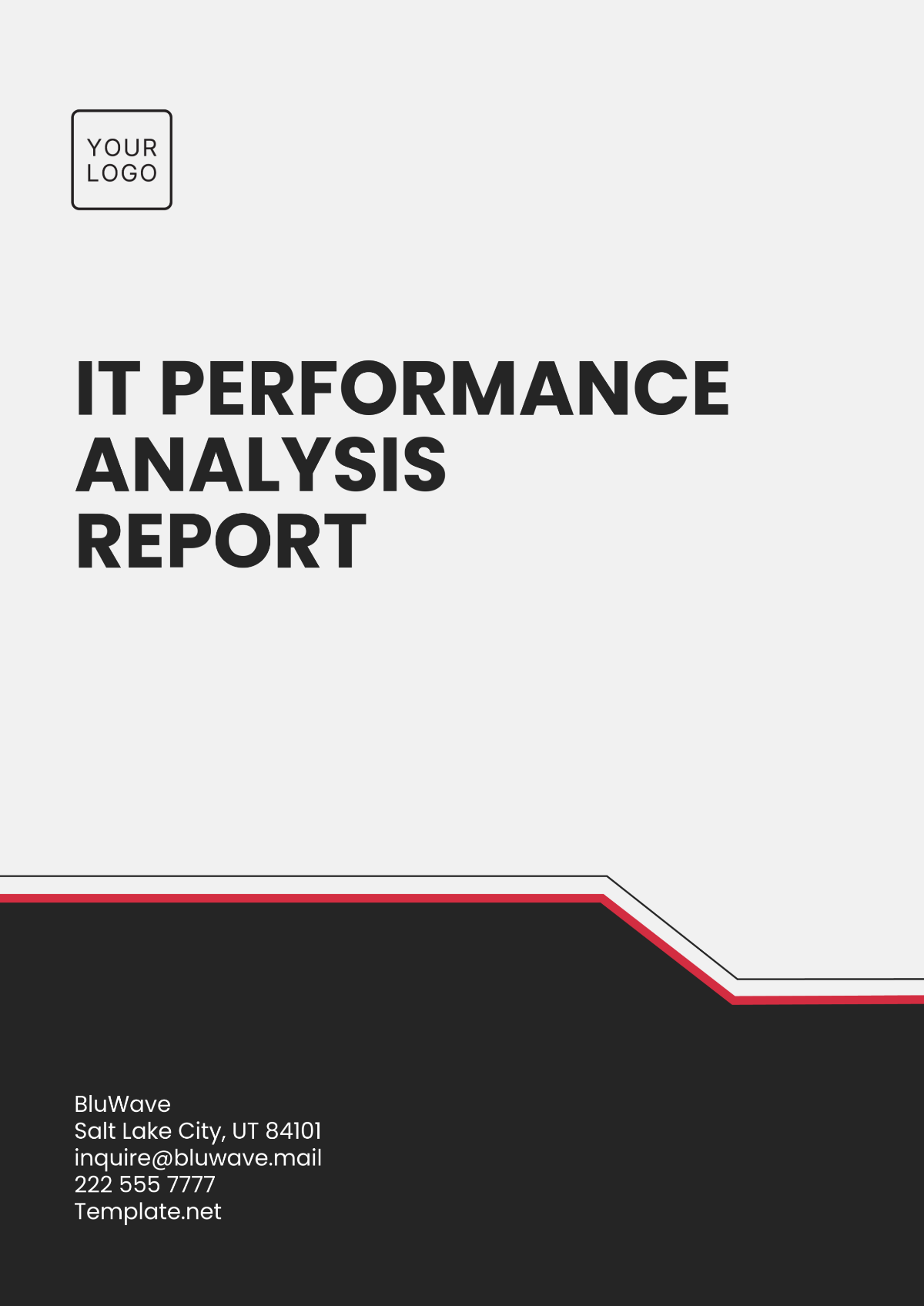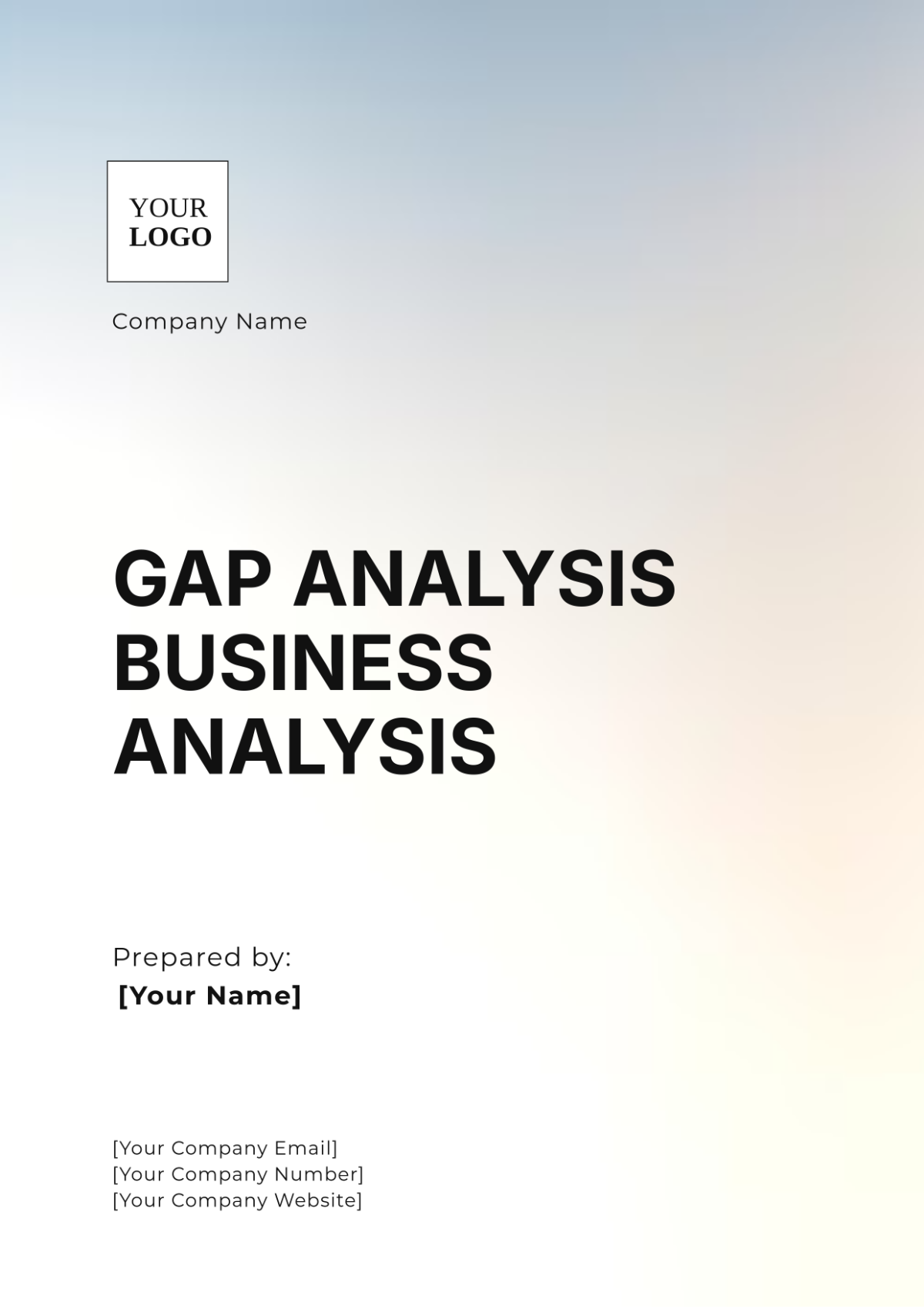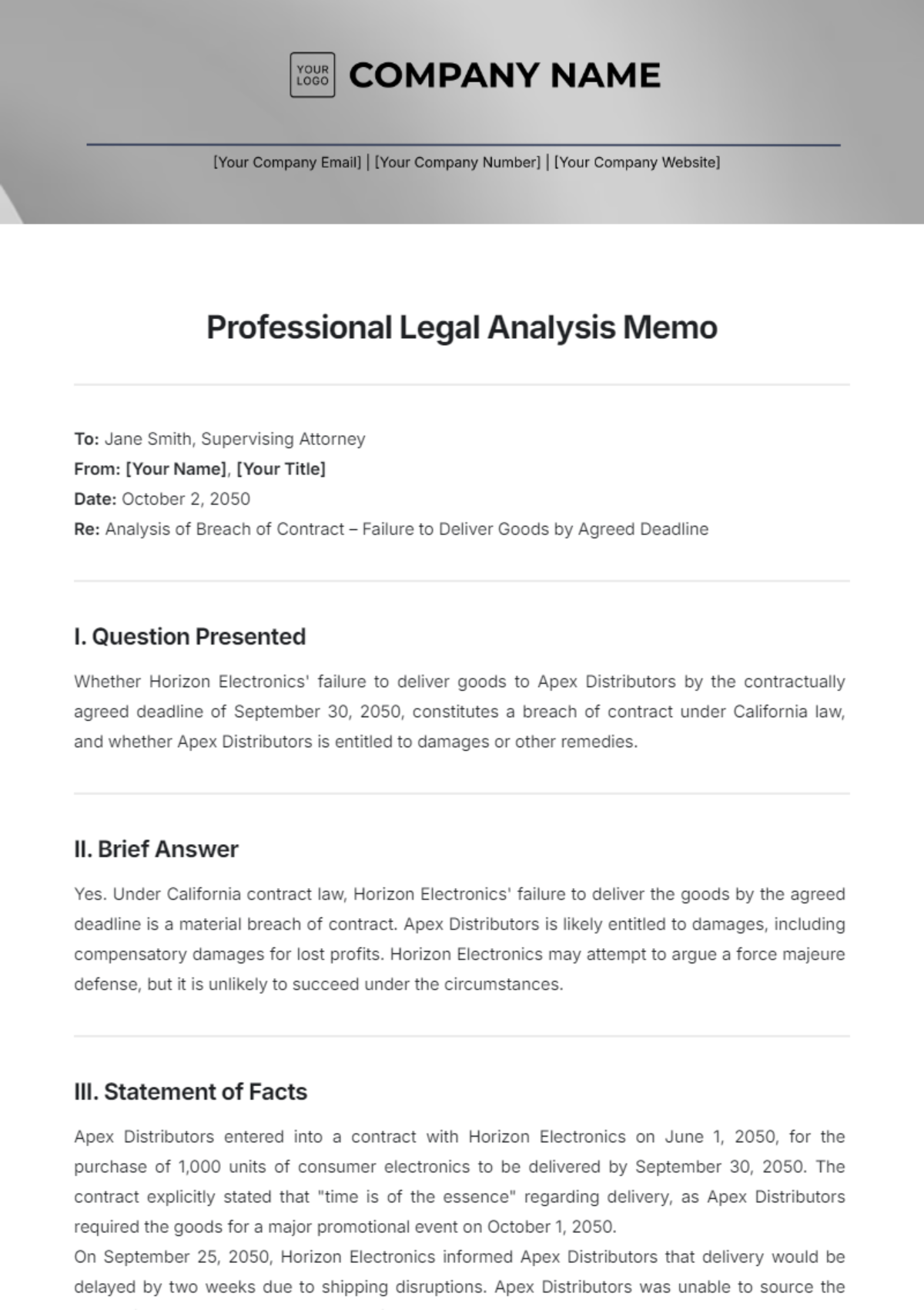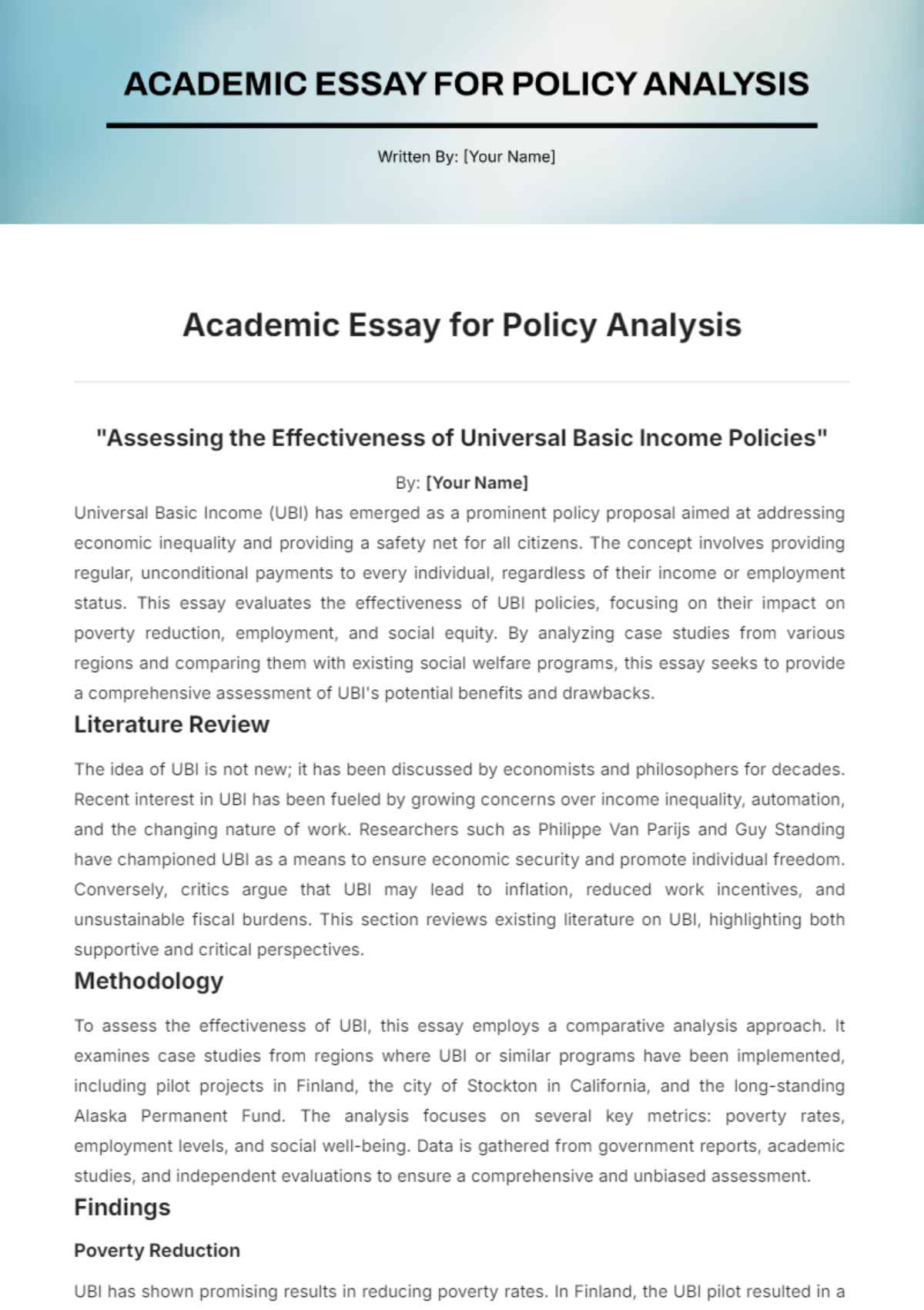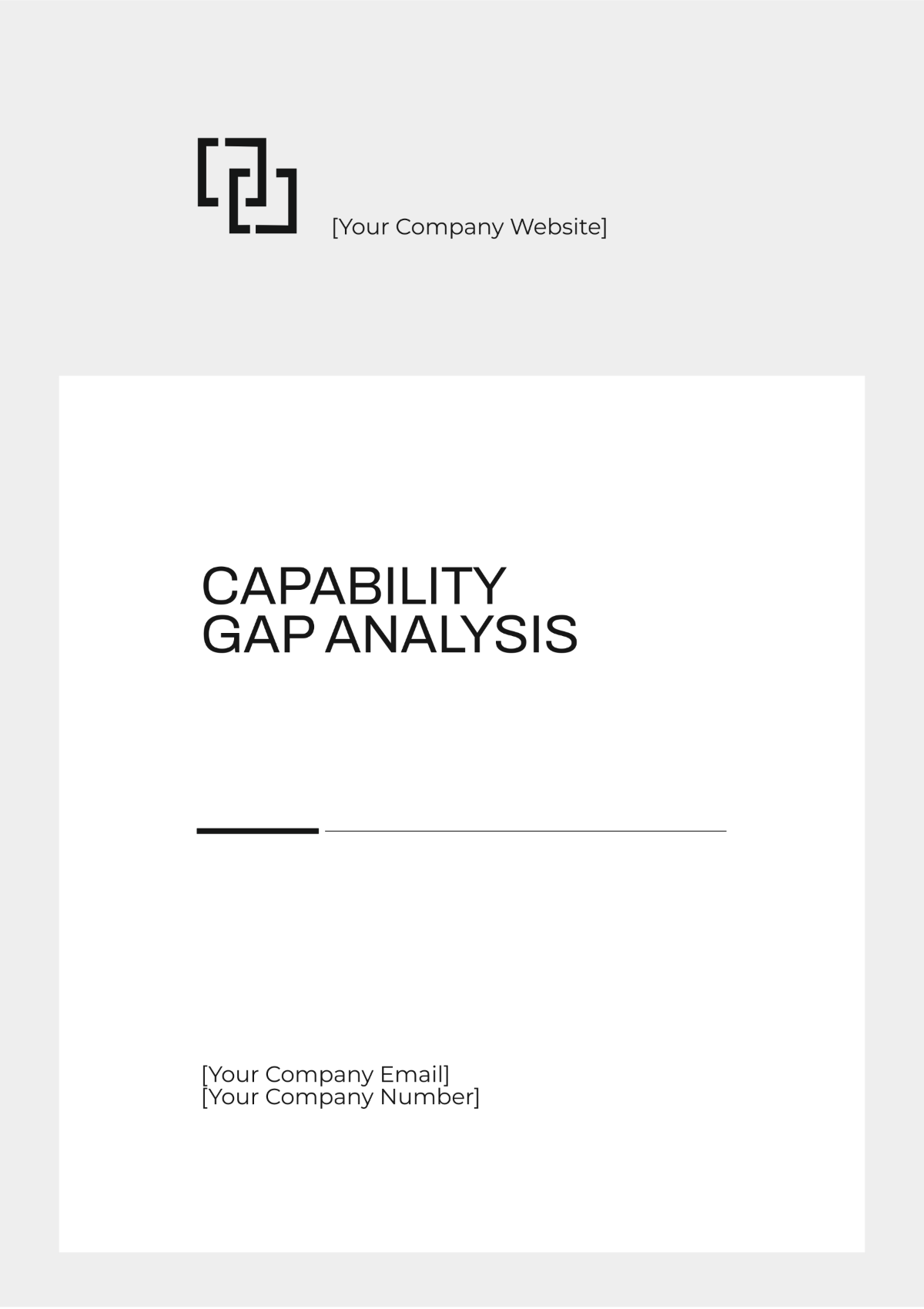Skills Gap Analysis
Prepared By : | [Your Name] |
Company : | [Your Company Name] |
Address: | [Your Company Address] |
I. Executive Summary
This document provides an in-depth analysis of the essential skills required for new hires at [Your Company Name] to ensure alignment with our strategic goals and cultural values. It outlines the skills that are crucial for incoming employees and suggests methods to assess these skills during the recruitment process.
II. Core Competencies Required
A. Technical Skills
Skills | Description |
|---|---|
Industry-specific software proficiency | Utilization of industry-specific software, e.g., Adobe Creative Suite, Python, R, Tableau. |
Data analysis and interpretation | Collecting, analyzing, interpreting data for informed decisions, including statistical analysis, data visualization. |
Advanced computer literacy | Comprehension of computer systems, quick adaptation to new technologies, proficiency in operating systems, programming languages. |
B. Soft Skills
Skills | Description |
|---|---|
Effective communication | Clear and concise communication, active listening, empathy, tailored communication style. |
Problem-solving abilities | Identifying issues, analyzing root causes, developing effective solutions, critical thinking. |
Leadership and teamwork | Inspiring, motivating, guiding others; collaboration, conflict resolution, effective team work. |
C. Additional Desirable Skills
Skills | Description |
|---|---|
Project management experience | Planning, executing, overseeing projects from initiation to completion, time management, resource allocation. |
Customer service orientation | Meeting customer needs and expectations, empathy, responsiveness, handling inquiries, complaints effectively. |
Multilingual capabilities | Proficiency in multiple languages, enhancing communication, cultural understanding, global networking. |
III. Assessment Strategies
A. Interview Techniques
Behavioral Interview Questions: Structured questions prompting specific examples of past behaviors.
Case Study Presentations: Analyzing and presenting solutions to hypothetical or real-world problems.
Role-playing Scenarios: Simulated job-related situations to assess communication, problem-solving, and interpersonal skills.
B. Practical Tests
Technical Problem-Solving Tests: Real or simulated challenges relevant to the job role.
Writing Sample Requests: Providing writing samples relevant to the role.
Group Discussion Facilitation: Observing teamwork, leadership, conflict resolution in group settings.
IV. Recruitment Campaign Recommendations
A. Job Advertisement Template
Create Concise Job Descriptions: Clear descriptions of responsibilities, qualifications, company culture, and unique selling points.
Highlight Advancement Opportunities: Communicate opportunities for career growth and development.
Emphasize Benefits: Showcase comprehensive benefits package to attract top talent.
B. Digital and Traditional Outreach
Optimize Company Website Careers Page: User-friendly, informative page detailing open positions, culture, and application procedures.
Utilize LinkedIn and Professional Networks: Promote job openings, engage potential candidates, network with industry professionals.
Attend Industry-Specific Job Fairs and Virtual Events: Connect with qualified candidates, showcase company brand and culture.
C. Evaluation of Recruitment Channels
Channel | Reach | Cost | Effectiveness |
|---|---|---|---|
Online Job Portals | Nationwide | Low | High |
Social Media | Global | Medium | Medium |
Referral Programs | Company-wide | Low | Very High |
D. Follow-up Strategy
Develop systematic approach for following up with promising candidates post-interview to maintain engagement and interest.
V. Conclusion
Implementing these recruitment strategies can enhance [Your Company Name]'s ability to hire skilled candidates aligned with the company culture, driving sustainable growth and success.















